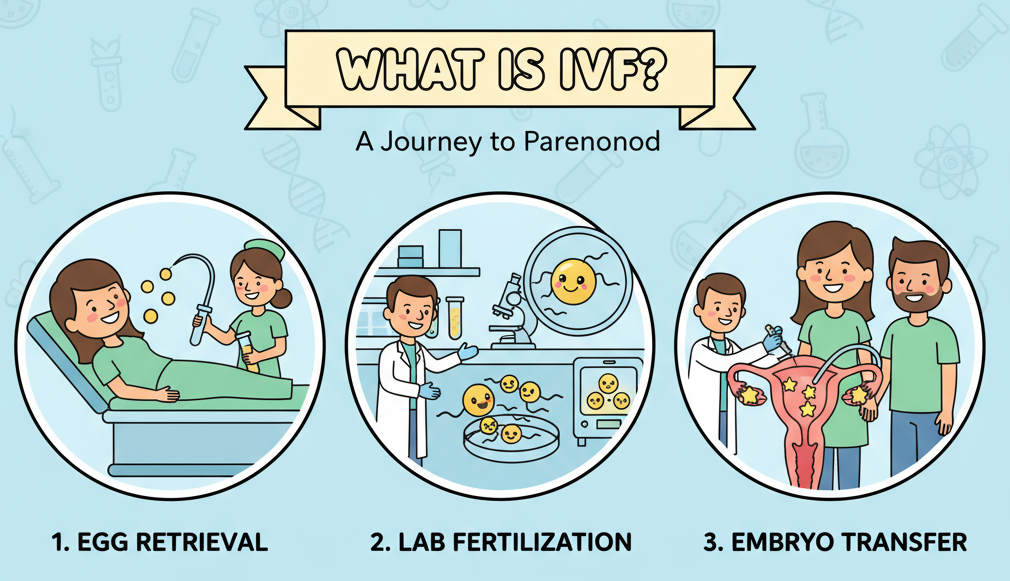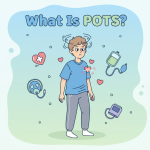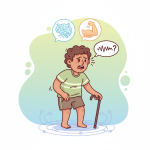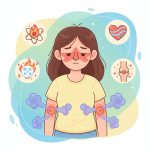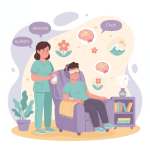If IVF feels overwhelming, that’s normal—especially when 1 in 6 adults worldwide experience infertility at some point, making access to clear, trustworthy information essential for next steps. IVF success rates are improving, but outcomes still depend on age, health, and clinic expertise, so understanding the process and evidence-backed ways to prepare can reduce anxiety and improve readiness. This guide explains what IVF is, who it helps, success rates, risks, nutrition, fitness, mental wellness, preventive care, practical daily tips, and more for an informed, confident path forward.
Who this is for
-
Adults and parents exploring fertility options or preparing for IVF.
-
Anyone seeking evidence-based lifestyle and wellness strategies that may support fertility care.
IVF basics
In vitro fertilization (IVF) is a form of assisted reproductive technology where eggs and sperm are combined in a lab to create embryos, and one embryo is transferred into the uterus to attempt pregnancy. IVF can help with blocked tubes, diminished ovarian reserve, male factor, endometriosis, unexplained infertility, and fertility preservation when timed conception is difficult. Globally, infertility affects about 17.5% of adults, underscoring the need for accessible, high-quality fertility care and accurate expectations about treatment options.
How IVF works
-
Ovarian stimulation: Daily hormone injections help mature multiple follicles for egg retrieval, with monitoring to balance response and safety.
-
Egg retrieval and fertilization: Mature eggs are collected and fertilized with sperm (conventional IVF or ICSI), then cultured for several days before transfer or freezing.
-
Embryo transfer: A selected embryo is transferred into the uterus; remaining embryos may be frozen for future attempts and cumulative success.
Success rates today
IVF outcomes vary by age, diagnosis, and clinic; recent data show improving live-birth rates per transfer for younger patients and steady growth in overall ART cycles. In the U.S., 2022 ART cycles produced 98,289 live-born infants—about 2.6% of all U.S. births—reflecting both access and effectiveness trends. For context, clinics report live-birth rates near 50–55% for women under 35 per transfer, with declines after 35; donor eggs can substantially improve outcomes at older ages.
Age and outcomes (illustrative ranges)
-
Under 35: ~50–55% live-birth per transfer reported by clinics; national data vary by clinic and protocol.
-
35–37: Declining rates vs. under 35; counseling should set expectations for multiple cycles.
-
38–40 and 40+: Lower success with own eggs; donor eggs often raise success to ~60–70% per cycle in some programs.
Note: Clinic-specific results and definitions (per retrieval vs. per transfer vs. cumulative) differ; always review official reporting and methodology when comparing clinics.
Risks and safety
-
Ovarian Hyperstimulation Syndrome (OHSS): A known complication of stimulation; modern antagonist protocols and GnRH-agonist triggers significantly reduce severe OHSS risk, especially in high responders and PCOS.
-
Multiple gestation: Transferring more than one embryo raises twin/triplet risk; single embryo transfer is preferred for safety when possible.
-
Ethical and medical counseling: Expert bodies emphasize individualized risk assessment and counseling, including when coexisting conditions elevate pregnancy risk.
Who should consider IVF
People with tubal factor, severe male factor, advanced age, diminished ovarian reserve, endometriosis, genetic indications, or those needing fertility preservation may benefit from IVF after appropriate evaluation. Given the 1‑in‑6 lifetime infertility prevalence and comparable burden across income settings, access and affordability planning are critical parts of decision-making.
Nutrition for IVF
-
Mediterranean-style diet: Studies suggest improved embryo metrics and possibly higher clinical pregnancy and live-birth rates with greater adherence, though evidence is mixed and more high-quality trials are needed.
-
Practical approach: Emphasize vegetables, fruits, whole grains, legumes, fish, and olive oil; limit processed foods and excess red meat while maintaining balanced energy intake.
Quick checklist:
-
Aim for colorful plants daily and fish 1–2 times per week.
-
Consider prenatal vitamins and folate per clinician guidance as part of preconception care.
Fitness and physical activity
-
Regular moderate exercise supports cardiometabolic health, weight management, and mental wellbeing during fertility care without evidence of harm when tailored appropriately.
-
Avoid extreme training or rapid weight changes; clinicians may individualize activity if there’s risk of OHSS or discomfort during stimulation.
Simple weekly plan:
-
150 minutes moderate activity plus 2 strength sessions, adapted to comfort and medical advice during cycles.
-
Gentle walks, mobility, and breathing exercises around retrieval/transfer days as advised by the care team.
Preventive care and lifestyle factors
-
Weight and BMI: Higher BMI is associated with lower ART success and procedural complexity; gradual, sustainable weight optimization may help, while avoiding drastic, short-term changes before cycles.
-
Smoking, alcohol, caffeine: Associations exist with lower ART success; reducing or eliminating smoking and moderating alcohol/caffeine are commonly recommended during preconception and treatment.
-
Preconception screening: Optimizing chronic conditions, vaccinations, and medications supports safer treatment and pregnancy planning.
Mental wellness
-
IVF can increase anxiety and distress; integrating counseling and psychosocial support improves coping and treatment experience.
-
Build a support system: Consider therapy, peer groups, and structured stress management alongside medical care for whole-person support.
Practical daily tips
-
Plan ahead: Align work schedules with monitoring, retrieval, and transfer dates to reduce logistical stress.
-
Create a medication routine: Use reminders and checklists to support adherence during stimulation.
-
Sleep and recovery: Prioritize 7–9 hours of sleep and gentle relaxation to buffer treatment-related stress.
Cost, access, and expectations
-
ART utilization is rising, but coverage, costs, and outcomes vary; cumulative success often improves with access to frozen transfers and multiple cycles when appropriate.
-
Review clinic data carefully: Compare definitions, age-stratified outcomes, and lab practices; consult recognized guidance documents when evaluating protocols and add-ons.
Secondary and LSI keywords used
-
Secondary: IVF success rates, IVF risks, IVF diet.
-
LSI examples: donor egg IVF, OHSS prevention, single embryo transfer, ART cycles, fertility counseling.
FAQs
-
What is the average success rate of IVF on the first attempt?
Clinic- and age-dependent, but estimates often range ~20–35% per retrieval when averaged broadly; per-transfer rates can be higher for younger patients, and cumulative success rises with additional frozen transfers. -
How many IVF cycles are common?
Many achieve success within 1–3 cycles, and cumulative success increases when frozen embryos are available; planning should consider finances, time, and wellbeing. -
Is single embryo transfer safer than transferring two?
Single embryo transfer lowers multiple pregnancy risk while maintaining strong outcomes for appropriate candidates, particularly younger patients with good embryos. -
How can OHSS risk be reduced?
Modern antagonist protocols, GnRH-agonist triggers, “freeze-all” strategies, and PCOS-tailored approaches substantially reduce severe OHSS risk compared with older methods. -
Do diet and exercise really help IVF outcomes?
A Mediterranean-style pattern shows promising associations in some studies, though evidence is mixed; moderate exercise and lifestyle risk reduction are widely recommended as part of comprehensive care.
